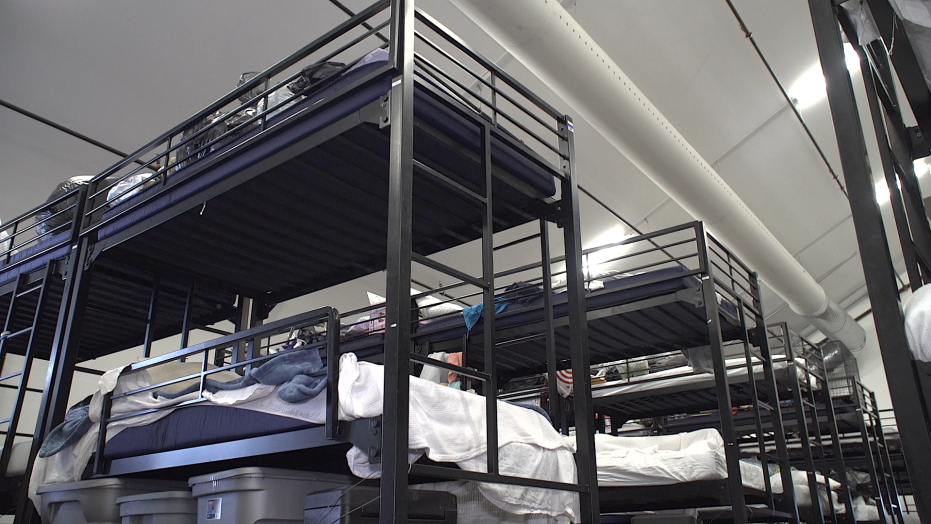A recent report by the Department of Housing and Urban Development found the city of San Diego and the surrounding county had the fourth-highest population of homeless people in the country – a crisis prompting city officials to take big, yet costly, steps to get the situation under control.
In one of the more dramatic moves by California communities grappling with a growing homeless population, the city has pursued the construction of massive taxpayer-funded tents, trailers and other facilities to house those otherwise living on the streets and in their cars.
San Diego Mayor Kevin Faulconer, a Republican, signed off last week on a City Council-approved $11 million contract to fund through June 2020 three such “bridge shelters” for the homeless and a facility for people to store their belongings. The contract also laid the groundwork for the construction of a fourth bridge shelter.
“We’re taking dramatic action to move homeless people off the streets and get them help,” Faulconer told Fox News. “Our strategy is to connect, support and shelter them.”
The plan includes safe parking zones for people living in their cars or RVs.
HOMELESS ENCAMPMENTS INCREASINGLY AFFECTING CALIFORNIA TRAIN TRAFFIC
While other cities in the state have pursued their own counter-measures – Los Angeles has set up trailers downtown for homeless residents – Faulconer said his plan is showing progress since the first shelter was built in 2017 at the height of a hepatitis A outbreak affecting San Diego’s homeless population. The HUD report estimated the population to be 8,000 in San Diego County, with 5,000 of them in the city. However, city officials say they’ve seen the homeless population drop by 6 percent from last year and a massive homeless encampment along the San Diego River has been reduced by 90 percent over the last two years.
By contrast, a recent report to local lawmakers in Los Angeles revealed that the city saw a 16 percent increase in its homeless population over last year – soaring to more than 36,000 people living on the streets.
“I’ve tried to set the tone to break away from the embedded bureaucracy that doesn’t get things done,” Faulconer said. “Everybody needs to step up and lead by example.”
COMMUNITY FIGHTS BACK AS CALIFORNIA OVERRUN BY HOMELESSNESS, HUMAN WASTE, NEEDLES
Despite the progress, questions have been raised about the economic sustainability of these programs.
The facilities, expected to cost the city nearly $13.7 million in the coming fiscal year starting July 1, are being paid for with reserves in the city’s housing commission thanks to federal funds that are not expected to be renewed every year. While the shelters will be funded through next June, the future of them after that is unwritten.
Faulconer says the main reason San Diego is having to dig into its own coffers to tackle homelessness is that cities in California can no longer have redevelopment agencies. The local agencies – which used property tax dollars that would have otherwise gone to school districts and counties for development, including around $1 billion a year for housing – were done away with by then-Gov. Jerry Brown in 2012 amid a slew of bad press over wasteful development projects and a rising state deficit.
But now, with a budget surplus, the state is struggling with soaring housing costs and a growing homeless population – leading civic leaders like Faulconer to argue it is time to bring back the agencies.
“We need regulatory relief,” he said. “Our number one source for building affordable housing was from the redevelopment funds.”
“We’re happy with our success, but we’re being honest with ourselves because we know we still have a lot of work to do.”
Source: Foxnews






